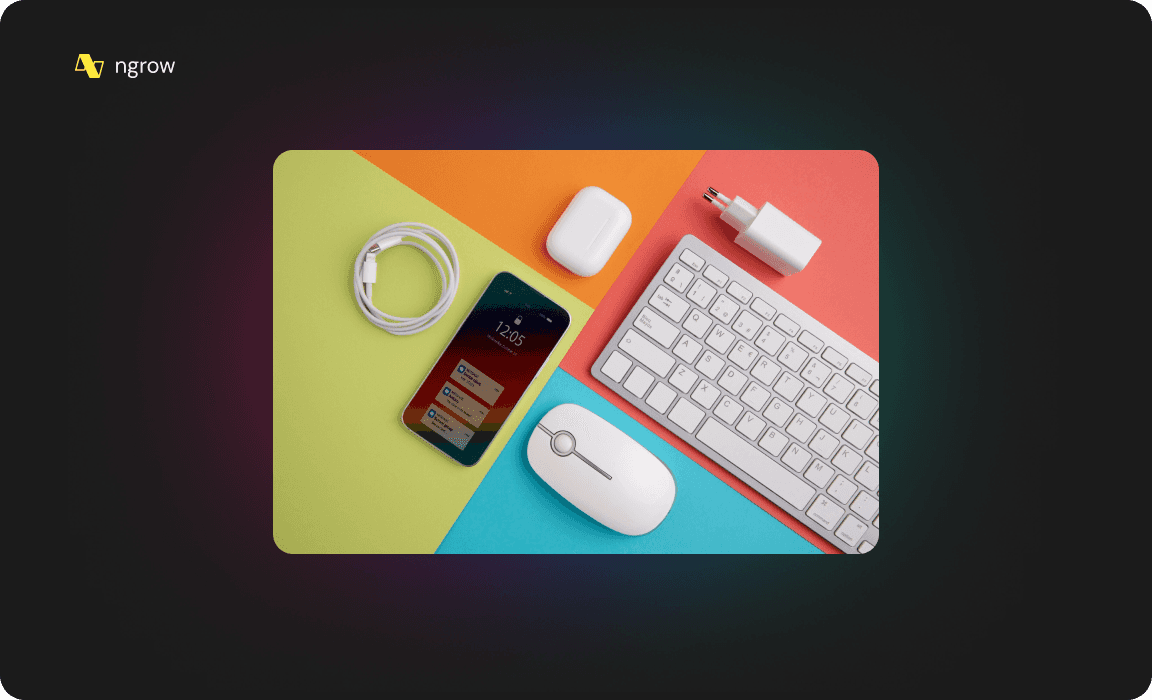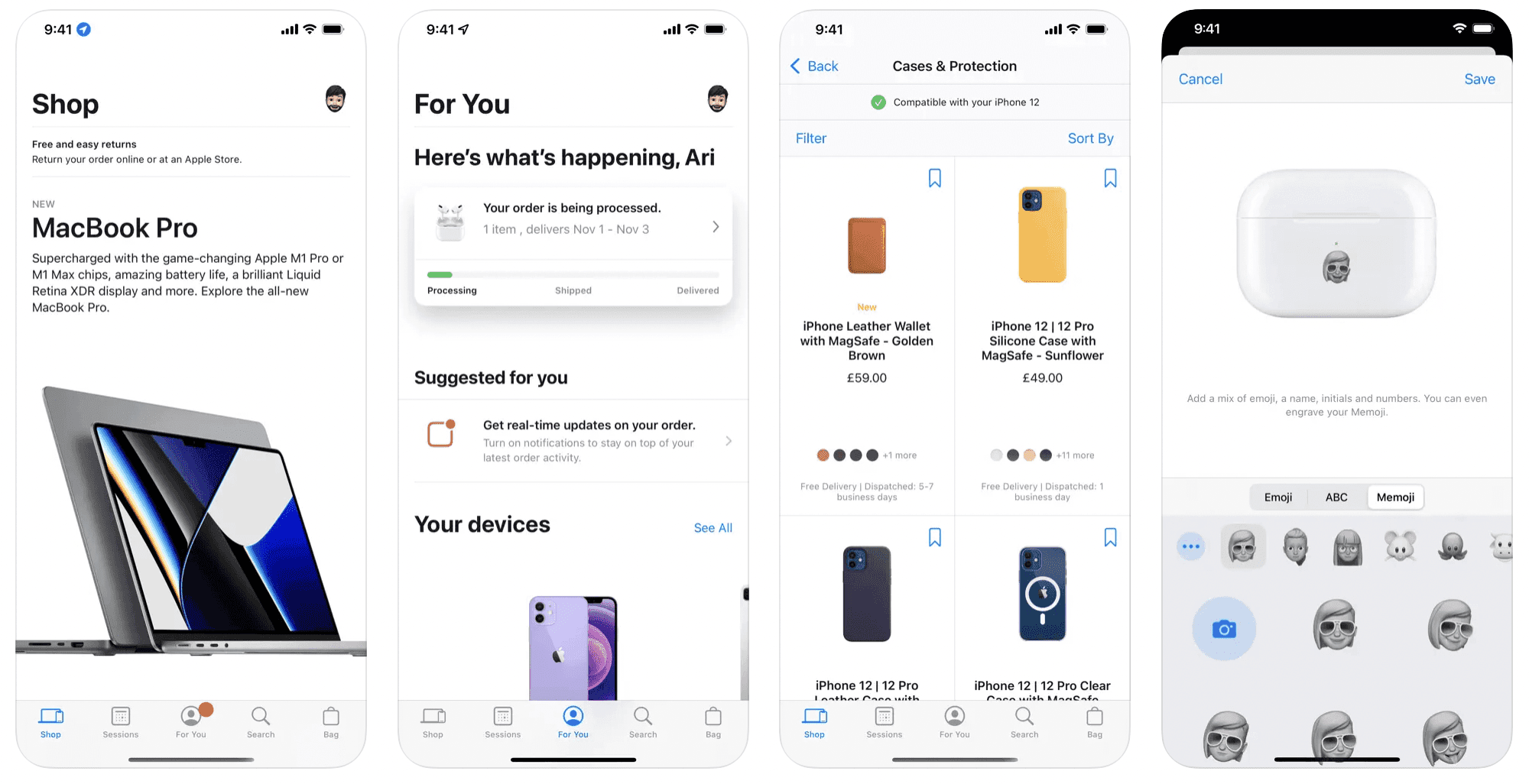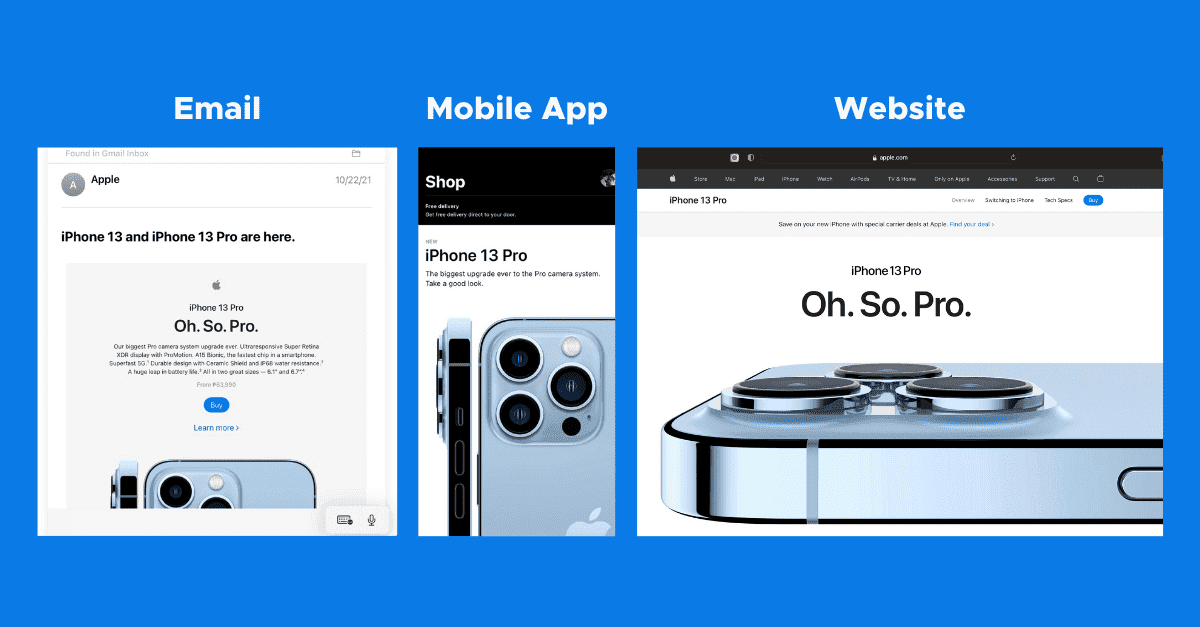3
min to read
May 21, 2024

Creating a Unified Customer Experience: Best Practices from Apple's Omnichannel Strategy
In today's fast-paced, technology-driven world, providing a seamless and consistent customer experience across multiple channels has become a critical factor in determining a brand's success. One company that has mastered the art of omnichannel strategy is Apple, the tech giant known for its innovative products and exceptional customer service. By integrating its physical retail stores, online platforms, and mobile devices, Apple has created a unified customer experience that sets it apart from its competitors and keeps customers loyal to the brand.
Understanding Omnichannel Strategy
Omnichannel strategy is a holistic approach to customer engagement that focuses on providing a consistent and integrated experience across multiple touchpoints. This includes seamlessly connecting a brand's physical stores, websites, mobile apps, social media channels, and customer service to create a unified brand identity and customer journey.
The key to successful omnichannel strategy lies in leveraging data and technology to track customer interactions and preferences across channels. By analyzing this data, brands can gain valuable insights into customer behavior and tailor their marketing, sales, and service efforts to better meet the needs and expectations of their target audience.
Apple's Omnichannel Approach

Apple's omnichannel strategy is a prime example of how a brand can create a unified customer experience that drives engagement, loyalty, and sales. Let's explore the key elements of Apple's approach:
1. Integrated Retail Experience
Apple's physical retail stores are a crucial component of its omnichannel strategy, serving as a bridge between the online and offline worlds. These stores are designed to provide a consistent and immersive brand experience, with knowledgeable staff, interactive product displays, and a welcoming atmosphere.
Customers can visit an Apple Store to test out products, receive technical support, or attend workshops and events. They can also use the Apple Store app to check product availability, make reservations, and even complete purchases without waiting in line.
By integrating its physical retail stores with its online platforms and mobile apps, Apple ensures that customers can seamlessly move between channels and access the same level of service and support, regardless of how they choose to engage with the brand.
2. Personalized Customer Service
Apple is known for its exceptional customer service, which is a key component of its omnichannel strategy. The company's Genius Bar, staffed by knowledgeable technicians, provides in-person support for hardware and software issues, while its online support resources offer a wide range of troubleshooting guides and tutorials.
Apple also offers personalized support through its AppleCare+ service, which provides extended warranty coverage and priority access to technical support. Customers can access this service through the Apple Support app, which allows them to schedule appointments, track service requests, and communicate with support staff.
By providing personalized and consistent support across multiple channels, Apple ensures that customers can easily access the help they need, whenever and wherever they need it.
3. Seamless Device Integration
One of the most compelling aspects of Apple's omnichannel strategy is its seamless integration of hardware and software across its product ecosystem. Apple's devices, such as the iPhone, iPad, and Mac, are designed to work together seamlessly, allowing customers to access their data, apps, and services across multiple devices.
This integration is facilitated by Apple's iCloud service, which synchronizes data and settings across devices, and its Continuity features, which allow customers to start a task on one device and continue it on another. Apple also offers a range of software and services, such as the App Store, Apple Music, and Apple TV+, that are available across its product ecosystem, further enhancing the customer experience.
By creating a cohesive and interconnected product ecosystem, Apple ensures that customers can easily navigate between devices and access their content and services seamlessly, regardless of which device they are using.
4. Consistent Brand Identity
Apple's omnichannel strategy is underpinned by a strong and consistent brand identity that is reflected across all touchpoints. From its iconic product designs and minimalist aesthetic to its focus on simplicity and user-friendliness, Apple's brand identity is instantly recognizable and consistent across its physical stores, websites, mobile apps, and marketing materials.
This consistency helps to reinforce Apple's brand values and positioning, and creates a sense of familiarity and trust among customers. It also helps to differentiate Apple from its competitors and create a strong emotional connection with its target audience.
5. Data-Driven Optimization
Apple's omnichannel strategy is supported by a data-driven approach to optimization and improvement. The company collects and analyzes customer data across multiple channels to gain insights into customer behavior, preferences, and pain points. This data is then used to inform decision-making and drive continuous improvement across the customer journey.
For example, Apple may use customer feedback and usage data to identify areas for improvement in its support resources or to optimize the layout and design of its retail stores. By continuously testing and refining its omnichannel strategy based on data and customer insights, Apple ensures that it remains responsive to the evolving needs and expectations of its target audience.
The Impact of Apple's Omnichannel Strategy

Apple's omnichannel strategy has had a significant impact on the company's success and reputation as a global technology leader. Here are some key outcomes of Apple's approach:
1. Enhanced Customer Engagement and Loyalty
By providing a seamless and consistent customer experience across multiple channels, Apple has been able to foster deep emotional connections with its customers. This increased engagement has led to higher customer loyalty, with Apple customers being more likely to continue purchasing Apple products and services over time.
2. Increased Revenue and Profitability
Apple's omnichannel strategy has also contributed to the company's strong financial performance, with the company consistently reporting high revenue and profit margins. By offering a wide range of products and services across multiple channels, Apple has been able to drive sales, attract new customers, and retain existing ones, ultimately boosting its bottom line.
3. Competitive Advantage
Apple's strategic approach to omnichannel has given the company a significant competitive advantage in the technology industry. By offering a personalized and engaging customer experience that is consistent across all touchpoints, Apple sets itself apart from its competitors and reinforces its position as a market leader.
4. Continuous Innovation and Adaptation
Apple's success in omnichannel is also attributed to its continuous innovation and adaptation to changing consumer preferences and technological advancements. By staying ahead of the curve and exploring new ways to engage with customers, Apple remains a leader in creating seamless and engaging customer experiences.
Best Practices for Creating a Unified Customer Experience
Apple's omnichannel strategy offers valuable lessons for businesses looking to create a unified customer experience across multiple channels. Here are some best practices to consider:
Prioritize Consistency: Ensure that your brand identity, messaging, and customer experience are consistent across all touchpoints, from physical stores to online platforms and mobile apps.
Integrate Channels: Seamlessly connect your physical and digital channels to create a cohesive and engaging customer journey, allowing customers to move between channels with ease.
Personalize the Experience: Use data and technology to personalize the customer experience, offering tailored recommendations, support, and services based on individual preferences and needs.
Provide Exceptional Support: Offer consistent and high-quality support across multiple channels, ensuring that customers can easily access the help they need, whenever and wherever they need it.
Continuously Optimize: Use data and customer feedback to continuously test and refine your omnichannel strategy, identifying areas for improvement and driving continuous innovation.
In conclusion, Apple's omnichannel strategy serves as a shining example of how businesses can create a unified customer experience that drives engagement, loyalty, and success. By prioritizing consistency, integration, personalization, support, and continuous optimization, businesses can create seamless and engaging customer journeys that set them apart from their competitors and position them for long-term success in the digital age.



